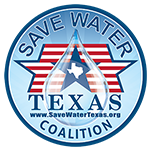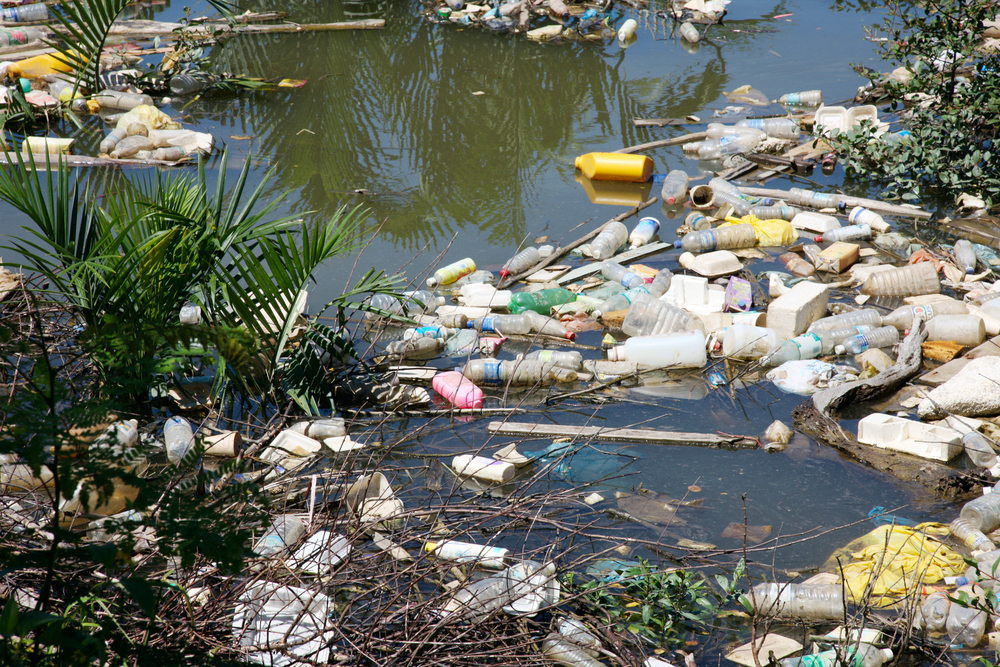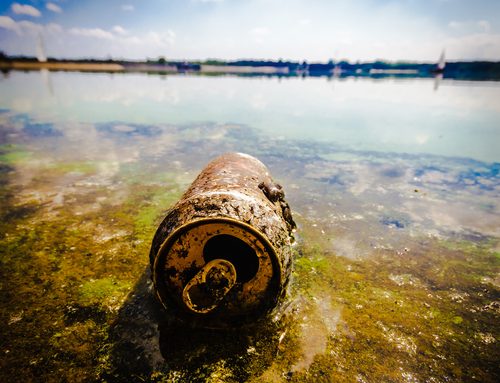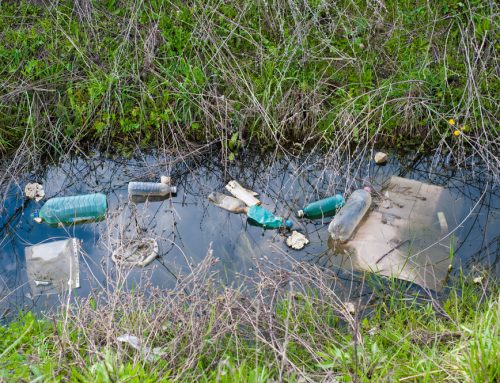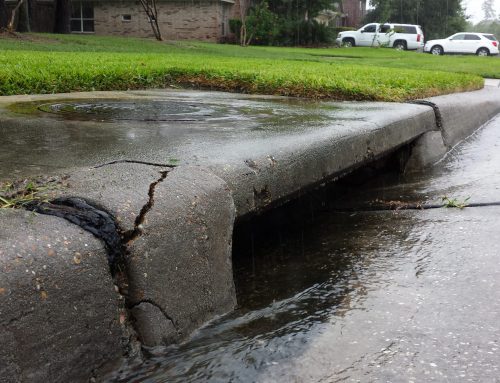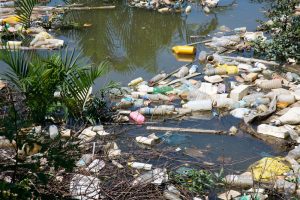 Stormwater runoff occurs when rain flows over the ground. Stormwater pollution runoff is a serious concern because it may be contaminated with pesticides, fertilizers, animal droppings, trash, food wastes, automotive by-products and other toxic substances that are part of the urban environment. Storm water runoff that flows over streets, parking lots, construction sites and industrial facilities can carry these pollutants through the storm water drainage system directly into local bayous, channels and ditches.
Stormwater runoff occurs when rain flows over the ground. Stormwater pollution runoff is a serious concern because it may be contaminated with pesticides, fertilizers, animal droppings, trash, food wastes, automotive by-products and other toxic substances that are part of the urban environment. Storm water runoff that flows over streets, parking lots, construction sites and industrial facilities can carry these pollutants through the storm water drainage system directly into local bayous, channels and ditches.
Anything that enters a storm sewer system is discharged untreated into the bodies of water we use for swimming, fishing, and recreation and which also may provide drinking water.
Polluted stormwater runoff can have many adverse effects on plants, fish, animals and people. Sediment, for example, can cloud the water and make it difficult or impossible for aquatic plants to grow, and can also destroy aquatic habitats.
Excess nutrients can cause algae blooms. When algae die, they sink to the bottom and decompose in a process that removes oxygen from the water. Fish and other aquatic organisms can’t exist in water with low dissolved oxygen levels.
Stormwater runoff can also wash bacteria and other pathogens into swimming areas and create health hazards, often making beach closures necessary.
Debris — such as plastic bags, six-pack rings, bottles, and cigarette butts — washed into waterbodies can choke, suffocate, or disable aquatic life like ducks, fish, turtles, and birds.
Household hazardous wastes like insecticides, pesticides, paint, solvents, used motor oil, and other auto fluids can poison aquatic life. Land animals and people can become sick from eating diseased fish and shellfish or ingesting polluted water.
Polluted stormwater often affects drinking water sources.
This, in turn, can affect human health and increase drinking water treatment costs.
StormWater Pollution Solutions
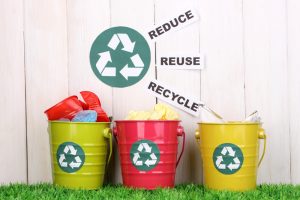 Education is essential to changing people’s behavior. Signs and markers near storm drains warn residents that pollutants entering the drains will be carried untreated into a local waterbody.
Education is essential to changing people’s behavior. Signs and markers near storm drains warn residents that pollutants entering the drains will be carried untreated into a local waterbody.
Residential
Recycle or properly dispose of household products that contain chemicals, such as insecticides, pesticides, paint, solvents, and used motor oil and other auto Don’t pour them onto the ground or into storm drains.
Lawn Care
Excess fertilizers and pesticides applied to lawns and gardens wash off and pollute streams. In addition, yard clippings and leaves can wash into storm drains and contribute nutrients and organic matter to streams.
- Don’t overwater your lawn. Consider using a soaker hose instead of a sprinkler.
- Use pesticides and fertilizers sparingly. When use is necessary, use these chemicals in the recommended amounts. Use organic mulch or safer pest control methods whenever possible.
- Compost or mulch yard waste. Don’t leave it in the street or sweep it into storm drains or streams.
- Cover piles of dirt or mulch being used in landscaping projects
Auto Care
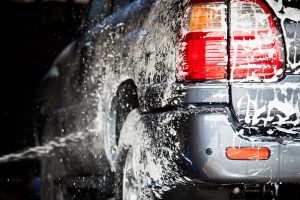 Washing your car and degreasing auto parts at home can send detergents and other contaminants through the storm sewer system. Dumping automotive fluids into storm drains has the same result as dumping the materials directly into a waterbody.
Washing your car and degreasing auto parts at home can send detergents and other contaminants through the storm sewer system. Dumping automotive fluids into storm drains has the same result as dumping the materials directly into a waterbody.
- Use a commercial car wash that treats or recycles its wastewater, or wash your car on your yard so the water infiltrates into the ground.
- Repair leaks and dispose of used auto fluids and batteries at designated drop-off or recycling locations.
Pet Waste
Pet waste can be a major source of bacteria and excess nutrients in local waters.
- When walking your pet, remember to pick up the waste and dispose of it properly. Flushing pet waste is the best disposal method.
- Leaving pet waste on the ground increases public health risks by allowing harmful bacteria and nutrients to wash into the storm drain and eventually into local waterbodies.
Residential Landscaping
- Permeable Pavement — traditional concrete and asphalt don’t allow water to soak into the ground. Instead, these surfaces rely on storm drains to divert unwanted water. Permeable pavement systems allow rain to soak through, decreasing stormwater runoff.
- Rain Barrels—You can collect rainwater from rooftops in mosquito-proof containers. Thewater can be used later on lawn or garden areas.
- Rain Gardens and Grassy Swales — Specially designed areas planted with native plants can provide natural places for rainwater to collect and soak into the ground. Rain from rooftop areas or paved areas can be diverted into these areas rather than into storm drains.
- Vegetated Filter Strips — Filter strips are areas of native grass or plants created along roadways or streams. They trap the pollutants stormwater picks up as it flows across driveways and streets.
Construction
Erosion controls that aren’t maintained can cause excessive amounts of sediment and debris to be carried into the stormwater system. Construction vehicles can leak fuel, oil, and other harmful fluids that can be picked up by stormwater and deposited into local waterbodies.
- Divert stormwater away from disturbed or exposed areas of the construction site.
- Install silt fences, vehicle mud removal areas, vegetative cover, and other sediment and erosion controls and properly maintain them, especially after rainstorms.
- Prevent soil erosion by minimizing disturbed areas during construction projects, and seed and mulch bare areas as soon as possible.
